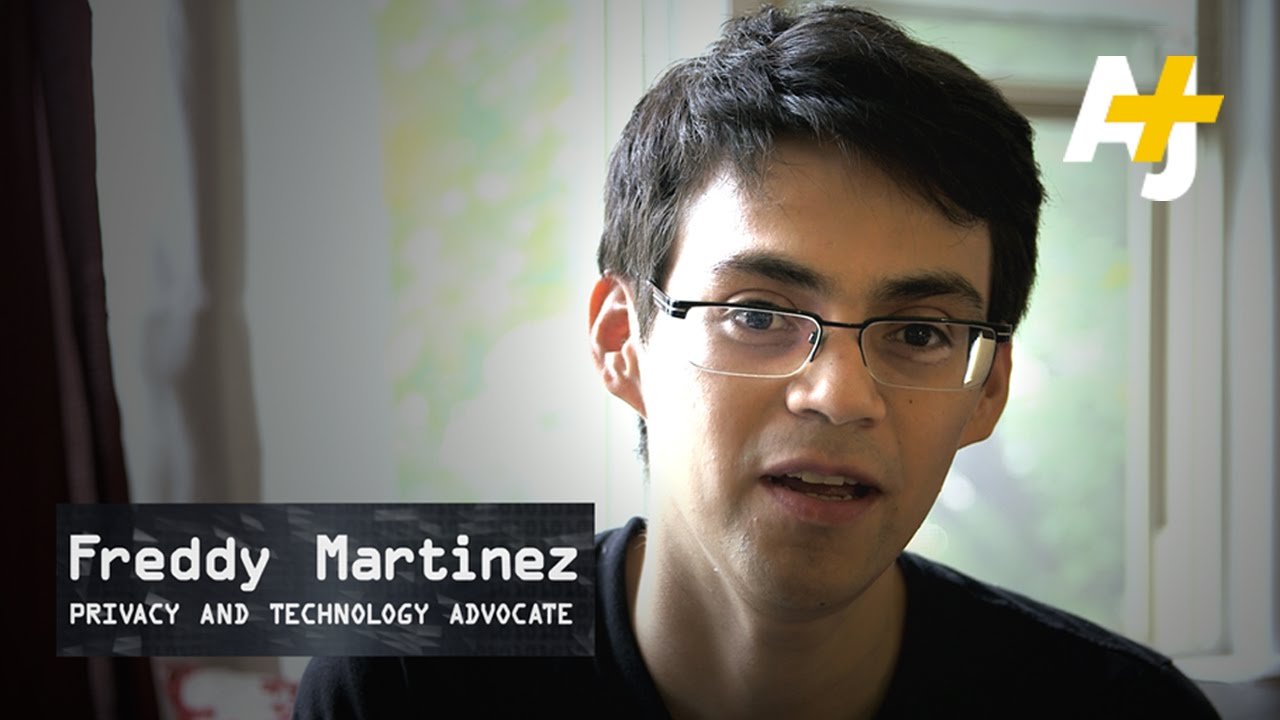Vol. 2, Issue 20: Laquan Day, Use of Force and Surveillance
At Issue: Police Release Called Into Question
Hundreds of activists gathered last Thursday to mark the second anniversary of the death of Laquan McDonald.
McDonald’s death led to the first murder indictment of a Chicago police officer for an on-duty shooting in recent memory, a U.S. Department of Justice probe into the Chicago Police Department, an apology from Mayor Rahm Emanuel, and his admission of a code of silence within CPD. It also resulted in the resignation of then-Superintendent Garry McCarthy, the defeat of State’s Attorney Anita Alvarez in the March primary, a scathing report from the mayor’s Police Accountability Task Force highlighting racial bias in policing, and the passage of an ordinance strengthening the city’s police accountability system.
(YouTube/Sun-Times)
How well the new system functions remains to be seen. Other unanswered questions include whether CPD’s policy of firing officers who give false reports is consistently enforced and how far the investigation into the cover-up of McDonald’s shooting will reach. While rank-and-file officers who filed false reports are under investigation by a grand jury, for over a year, top officials at CPD and the city maintained a false narrative about the shooting. That narrative was clearly contradicted by the dashcam video, which was finally released last November following an extended court battle.
And while many are questioning whether there is any support for reform efforts among police officers, it is worth recalling that an anonymous CPD whistleblower was the first to alert the Invisible Institute to the existence of the video. Without that individual, none of the debate, protest, or progress of the last few months would have been possible.
PERJURY: Three local police officers—two from Chicago and one from Glenview—pleaded not guilty last week after being re-indicted for perjury, official misconduct, and obstruction of justice. In September, prosecutors dropped charges against the officers when defense attorneys demonstrated that they had relied on an outdated version of the state’s perjury law.
In a story first reported by the Chicago Tribune two years ago, three officers from Chicago and two from Glenview provided accounts of a traffic stop and search that conflicted with dashcam video. One Chicago officer involved in the incident pleaded guilty last month to misdemeanor obstruction of justice.
Earlier this year, following a Tribune investigation into other officers whose testimony had been ruled false, the Cook County State’s Attorney’s Office began issuing disclosure notices in cases where those officers served as witnesses. The Tribune had previously reported that officers are rarely punished for providing false testimony.
SURVEILLANCE: The Chicago Police Department used controversial surveillance technology to locate cellphones involved in more than a dozen murder, kidnapping, and drug conspiracy cases—but not to spy on protesters, according to recently released documents.
The privacy activist who went to court to force the release of the records told the Chicago Sun-Times he does not believe the city turned over all its records. “It’s a suspiciously low number for a city the size of Chicago,” said Freddy Martinez of Lucy Parsons Labs.
(YouTube/AJ+)
Martinez sued the city in 2014, first forcing an admission that CPD used the devices known as Stingrays for surveillance. First purchased by CPD in 2008, the devices monitor cellphone data and do not require judicial oversight.
That will change next year when a new state law goes into effect, requiring court approval for the use of cellular tracking systems and mandating that police delete information obtained from “non-target” phones.
Meanwhile, CPD told the Chicago Tribune that it has used a local company called Geofeedia to monitor social media posts at large sporting events and at “First Amendment-protected events.”
Earlier this month, the ACLU reported that police in Baltimore and Ferguson, Missouri, used Geofeedia to track Black Lives Matter protests, linking the practice to the government’s “long history of spying on activists in an effort to dampen dissent.” Following the report, Facebook and Instagram limited Geofeedia’s access to user posts.
The Intercept has reported that a venture capital firm controlled by the CIA invested in Geofeedia and other startups offering social media mining and monitoring services.
Tracking CPD's Use of Force Guidelines: With four weeks remaining in the Chicago Police Department’s public comment period for its new Use of Force guidelines, City Bureau and the Invisible Institute have collaborated to produce a detailed public tool tracking the draft. The Use of Force Tracker translates the guidelines through annotations from City Bureau reporters and Documenters, incorporating information from media reports, legal documents, national best practices, and research studies.
From now until November 19, the two independent journalism groups will collect comments, ideas, and experiences from the public using the Tracker, while also providing context around the directives contained in the guidelines.
Add your own comments to the Tracker using Genius (no download required).



